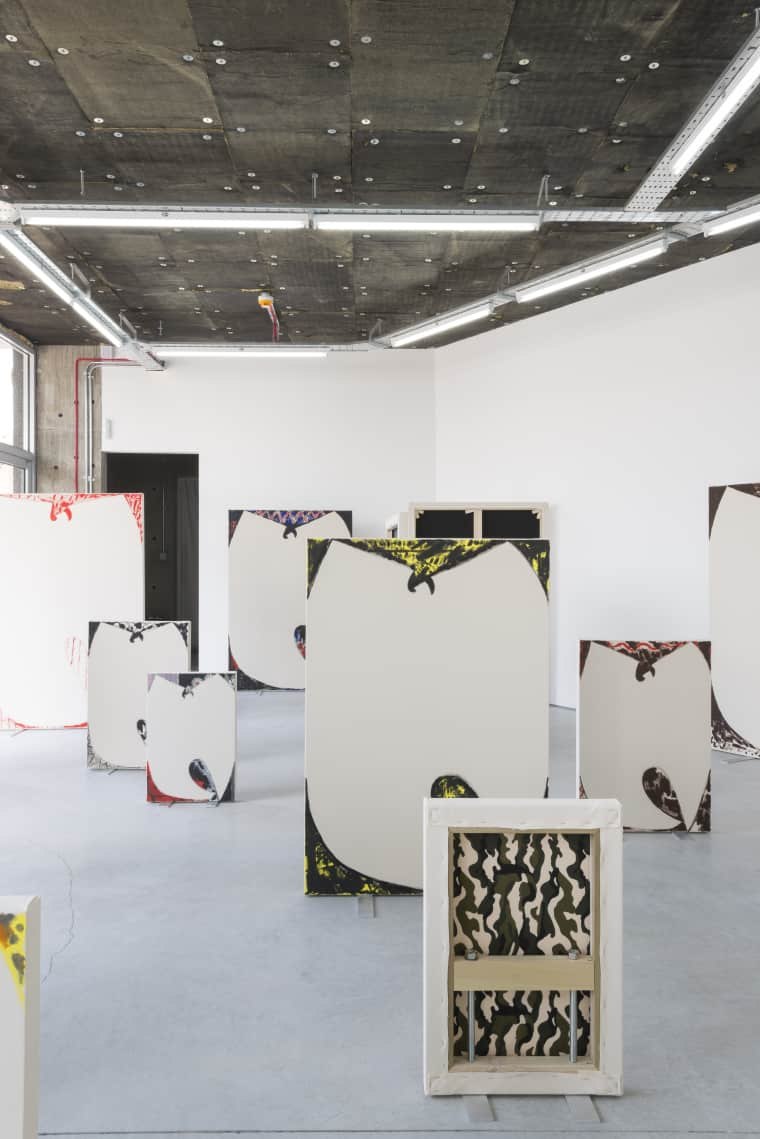Most Liked: Three Tumblrs Flying By Our Dashboards
Three Tumblr blogs worth following right now.

Luc Fuller
Luc Fuller is a young, up-and-coming, Portland-based painter whose Tumbr surveys the of techniques of image making, as well as new forms of sculpture and installation art produced by a cadre of young artists working today. Fuller's paintings sit comfortably alongside the work of other artists who all seem to share a common affinity for the graphic shape, color and line that has come to define is own work. His most well-known work, a series entitled “Standing Paintings" (2014), features seemingly endless sizes and variations of the Wu-Tang Clan's iconic “W" symbol. The Wu-Tang paintings have an endearing quality and are easy to connect with because— as with so many of us who came of age in the Wu-Tang era— we all know how easy and satisfying it is to scrawl our own Wu-Tang symbol. Though we've all confined our Wu-Tang scrawls to the covers of our high school notebooks, Fuller has elevated the pastime to large canvases that have found a home in galleries from London to Portland. RGN
Risotto Studio
Aesthetes spend their whole lives searching for the kind of visual cohesiveness that Gabriella Marcella has casually arranged on her Tumblr risottostudio. An offshoot of her Glasgow-based risograph studio by the same name, her blog combines her own primary color saturated pop-meets-deco artworks with a visual tchotchke shop of curations that span international graphic design history. From grocery store window typography to Mexican matchboxes, and from 1980's Fiorucci ads to Victor Moscoso's iconic psychedelic posters, Marcella excels in maintaining an aesthetic that feels a little bit random yet totally on point. LC
Who Wore It Better
Alison Feldish and Derek Frech's Who Wore It Better juxtaposes similar works of art, creating aesthetic associations across space and time. In a cut-and-paste world, their Tumblr questions the very nature of originality by highlighting instances where artists generously borrow from each other. Feldish and Frech don't just deal in post-modern art and often reach back to highlight relationships between works created in the 18th and 19th centuries. Speaking to the cyclical nature of trends in culture today, the inspirations of old –with a name that reads more like a headline in glossies like U.S. Weekly— the duo are making antiquity-era artwork as accessible as a gossip rag at the supermarket check-out line. SA